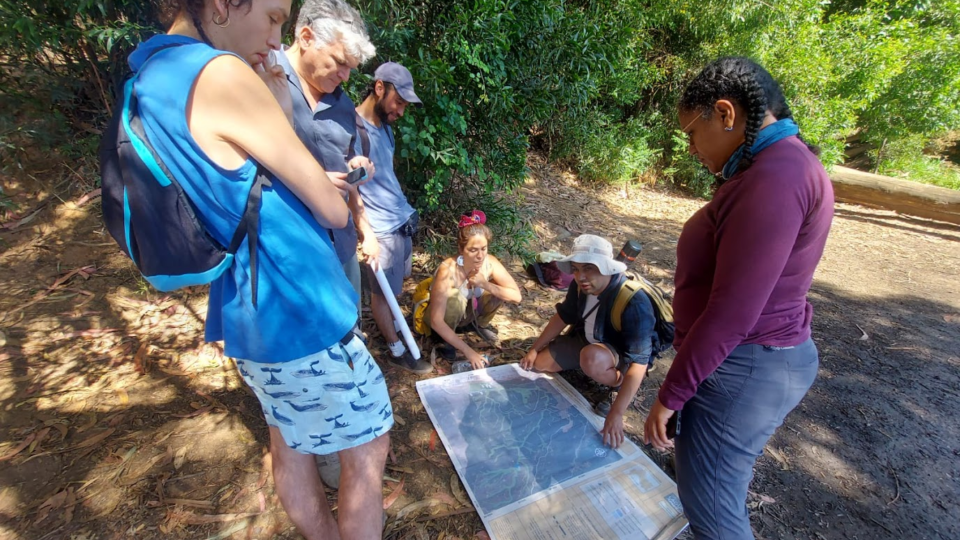Meet a Citizen Scientist: Richard Normandeau
Richard Normandeau lives on Half Moon Lake and has agreed to work with LOCSS by reporting lake height measurements. He recently sat down with Adeline Geitner, University of North Carolina at Chapel Hill student, to talk more about his involvement in LOCSS, and his work to help protect Half Moon Lake.
Adeline Geitner: To start, would you mind giving a little background information on yourself? Are you originally from Alberta?
Richard Normandeau: I’m born and raised Albertan and have lived a majority of my life very close to this lake. When I was six years old, I used to play on this lake at the beach. I spent some time up in Northern Alberta, Fort McMurray, and then when we moved back from Fort McMurray to the Edmonton area we eventually bought property on the lake.
AG: Has environmentalism been a part of your career in any way? Outside of your work with LOCSS, have you been involved with any other environment related projects?
RN: I’m an engineer, and as my career evolved, I became more of a project manager. I was doing detailed engineering for projects that required environmental permitting, so I began to develop knowledge about what it takes to get environmental permits to develop projects. Eventually, I got involved with construction as well and became involved with having to implement environmental plans that we developed as part of the permitting.
So I don’t have a background in environmental engineering sciences, but because of the career path I had, I ended up working with a lot of environmentalists and having to understand what part of that played with doing project development
AG: The LOCSS project’s expansion to Alberta is fairly recent. How did you find out about it?
RN: I’m part of ALMS, Alberta Lake Management Society. With ALMS, I have been testing our lake on an annual basis. We do tests four times a year in the summer, once a month, and then we do tests in the winter when there is ice on the lake, so we’re testing the lake on a routine basis. It includes all kinds of different tests, we’re measuring the chloride contents, we’re measuring the ion contents, dissolved oxygen, temperature, stratification, and cyanobacteria content. Because I got involved in that, I’ve sort of became a bit of an environmental hobby scientist at our lake. Alberta Lake Management introduced me to you folks.
AG: You already knew people interested in the lake through your prior lake management involvements, but have you met others who help with this specific lake gauge or chatted with others who seem interested?
RN: Yes. As part of the Alberta lake Management group, we have biannual lake get togethers and we meet other residents at other lakes within Alberta who are interested in improving their lake quality and understanding their role in making sure lake quality is good.
The Alberta government supports this to a degree, but it takes a lot of volunteers as well to help them test the lake. Often we supply the boats so they can go out on the lake and do the tests that are needed. And then in the wintertime, because there is ice on the lake, we actually go out on the lake with their equipment and we do the tests for them. There’s a lot of us in the Alberta area that are doing this and trying to improve our lake quality, and we do meet on at least a biannual basis.
AG: How do you measure the importance of what you are doing? Why do you believe protecting the lake is necessary?
RN: People want to go to the lake to live and to enjoy, first of all, the scenery and activities at the lake, but people also want to enjoy the recreational activities that the lake can offer you. In my case, it's boating, water skiing, swimming. In the wintertime we build an ice oval on our lake and you can actually skate right around our lake. So it's about having a place where you can enjoy recreational activities, and part of that is making sure the lake is healthy.
Part of the lake being healthy also includes elements like whether you can get minnows to survive in the lake because there’s oxygen in the lake. Then you get birds on the lake, in our case grebes and herons and pelicans. So, it's a combination of enjoying the environment you want to live in, and being able to enjoy recreational activities as well.
Many thanks to Richard for all the attention and time he has put into maintaining the health of Half Moon Lake. LOCSS could not develop its knowledge of lakes worldwide without the dedicated effort of citizen scientists like Richard. Thank you!
LOCSS News
We share stories about the lakes in our study, our partners and volunteer citizen scientists, as well as interesting results from our research.





